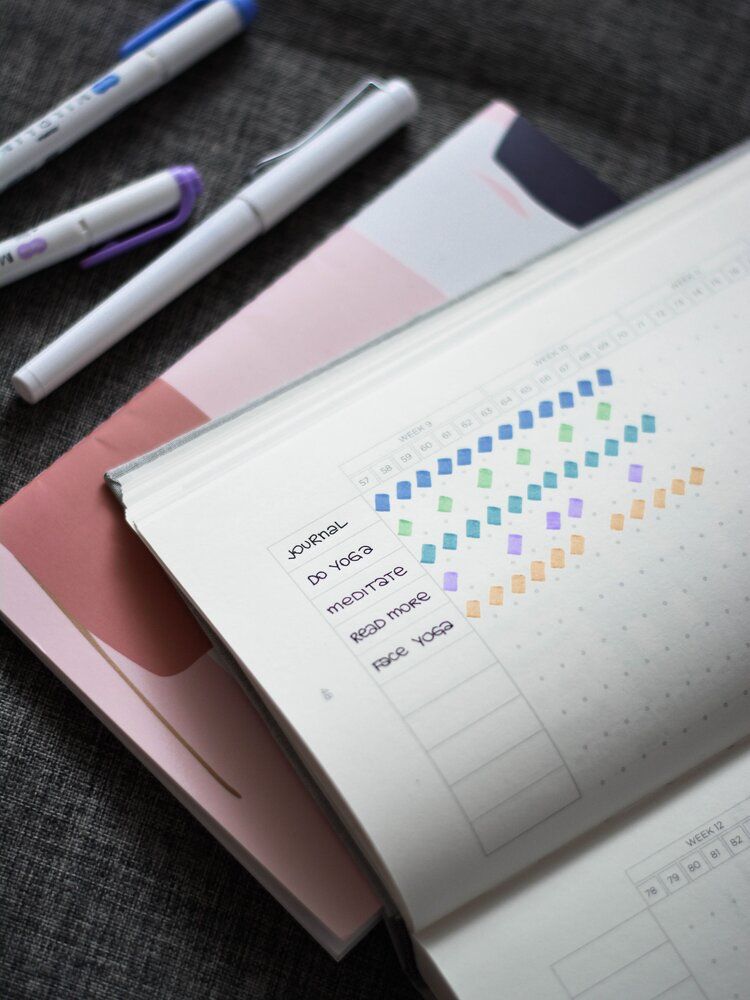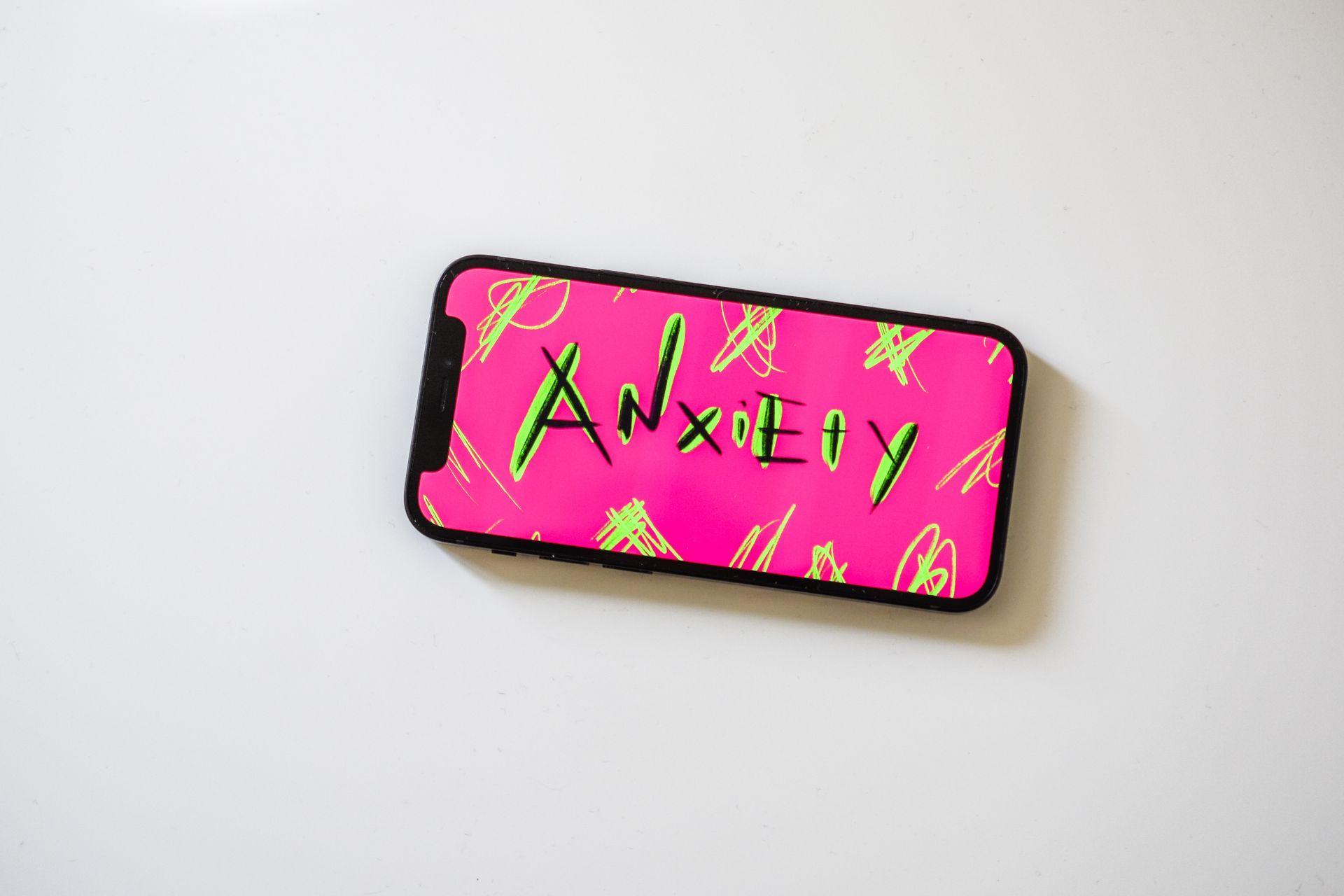1 . Keep it simple
Identify one small, manageable action you can start implementing. Ideally, it should be something that can be done fairly easily in the near future (e.g., adding 5 minutes of stretching or deep breathing before bedtime, sit outside for 15 minutes every day), not something that requires complicated logistics or resources you don’t currently have access to.
Keeping this behavior manageable and realistic is important to increase the likelihood that you will be able to engage in it on good days… and on challenging days!
If the behavior you have in mind seems too challenging, ask yourself this question: What is the very first step I need to take to make this happen in the future? For instance, getting in the habit of cooking homemade meals every day is not easily achieved overnight. But you can start by focusing on breakfast or a small snack every other day or cook a homemade dinner every Friday, and then move on to the next step as appropriate.
As you identify a behavior you want to integrate into your routine, think of something that would easily fit in with your current routine. It could even be expanding on something you are already doing.
Action step: Identify a realistic and manageable behavior you can add on to your current routine.
2 . Make it relevant and meaningful
It’s very important to make this new routine meaningful!
Do something that matters to YOU, not to your partner, best friend, therapist, or medical provider. It can be something that makes you feel better emotionally or physically, something that makes your life easier, something that makes you laugh or inspires you.
Everyone on social media and in your life may be raving about yoga or journaling, if it doesn’t make you feel good or if it feels like a chore, this is not the routine you want to begin with.
It has to make sense and be relevant to YOU.
Understandably, some routines may be dictated by your diagnosis (e.g., medication taking, frequent resting, etc). Taking the time to reflect on why a given behavior is important to you before engaging in it may increase the likelihood of keeping up with it.
For instance, realizing that resting before your pain flares up allows you to be more engaged with your family makes this behavior more meaningful and valuable that seeing it as yet another challenge brought forth by your diagnosis.
Action step: Before you implement a new behavior, take some time to reflect on your WHY. Why does that behavior matter to me? And remember that meaningful doesn’t always imply enjoyable or pleasant.
3 . Figure out your “prime time”
When do you tend to have most energy? At what time of day or week (weekday vs. weekend) do you have some free time? At what time of day do you usually do your best creative work?
It is understandable that most days are unpredictable and that pain flare ups may come out of the blue.
Living with chronic illness makes it more challenging to find a time that always work for you or when you always feel energized and upbeat. But it is likely that, over the years, you’ve noticed times when you often tend to feel a bit better. For instance, your ability to focus may be greater in the morning shortly after taking your pain medication or getting some sleep, which could make it a good time to engage in reading or gentle exercise.
To figure out the best time for you to implement a new routine may take some trials and errors. It’s okay to re-adjust and reschedule as you figure out what works for you and what doesn’t.
Action step: Identify your “prime time” and schedule your new routine accordingly.
As you work on implementing this new routine, it may be useful to have a placeholder in your schedule at the time intended for that new behavior.
The idea is that you plan on engaging in the target behavior as scheduled, but if you are unable to because you’re feeling tired or in pain for instance, you can use that block of time to do a shorter version of the behavior or something else that better accommodate your health needs on that day. For instance, if you are unable to go outside for a walk, you may be able to engage in gentle stretching indoors for 5 minutes.
Action step: Identify alternative, less physically and/or mentally demanding activities that you can substitute for your target routine on days when you feel tired or in pain.
Bonus idea:
Create fun rituals with your loved ones!
Coming up with rituals with family or friends may help you connect with them and have fun. That may look like a family picnic in bed every first Sunday of the month, virtual Netflix date with your best friend on FaceTime once a week, or going people watching over brunch with your partner on your birthday.
I am
Dr. Aurelie Lucette, a clinical health psychologist who provides
individual therapy in Miami and online throughout the state of Florida. I can help with issues related to anxiety, stress, sleep, and depression. I also specialize in therapy for adults
living with cancer ,
chronic illness, chronic pain.





